English
By the beginning of year 3, pupils should be able to read books written at an age-appropriate interest level. They should be able to read them accurately and at a speed that is sufficient for them to focus on understanding what they read rather than on decoding individual words. They should be able to decode most new words outside their spoken vocabulary, making a good approximation to the word’s pronunciation. As their decoding skills become increasingly secure, teaching should be directed more towards developing their vocabulary and the breadth and depth of their reading, making sure that they become independent, fluent and enthusiastic readers who read widely and frequently. They should be developing their understanding and enjoyment of stories, poetry, plays and non-fiction, and learning to read silently. They should also be developing their knowledge and skills in reading non-fiction about a wide range of subjects. They should be learning to justify their views about what they have read: with support at the start of year 3 and increasingly independently by the end of year 4.
- Plus Plan
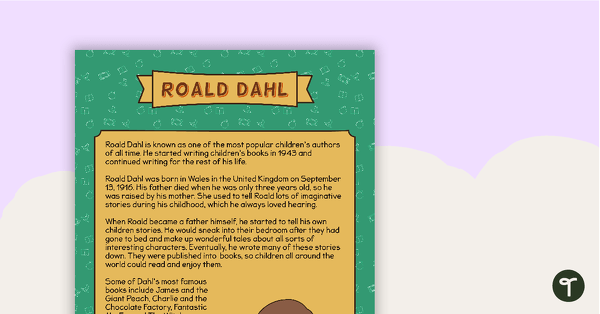
Sequencing Activity - Roald Dahl (Informative Text)
A sequencing task using an informative text.
- Plus Plan
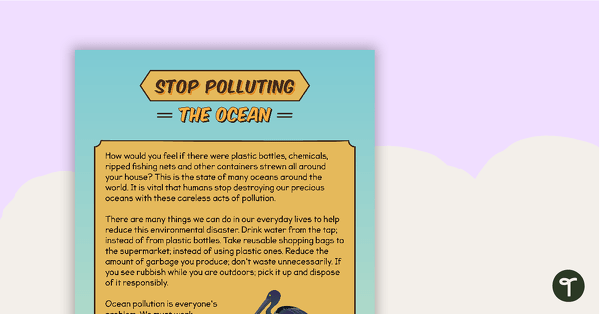
Sequencing Activity - Stop Polluting The Ocean (Persuasive Text)
A sequencing task using a persuasive text.
- Plus Plan
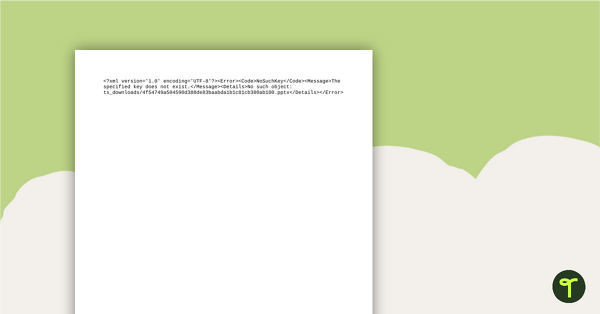
Introduction to Personal Recounts PowerPoint
An 18 slide editable PowerPoint template to use when teaching younger students about the structure and language features of personal recounts.
- Plus Plan
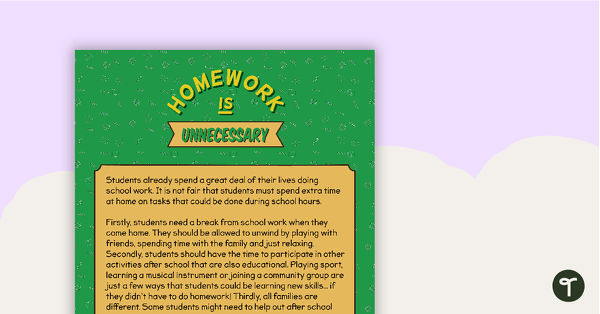
Sequencing Activity - Homework is Unnecessary (Persuasive Text)
A sequencing task using a persuasive text.
- Plus Plan
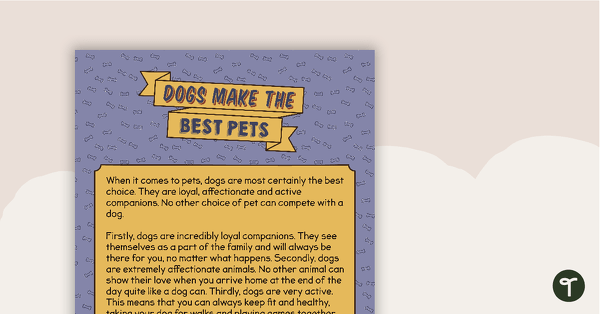
Sequencing Activity - Dogs Make the Best Pets (Persuasive Text)
A sequencing task using a persuasive text.
- Plus Plan
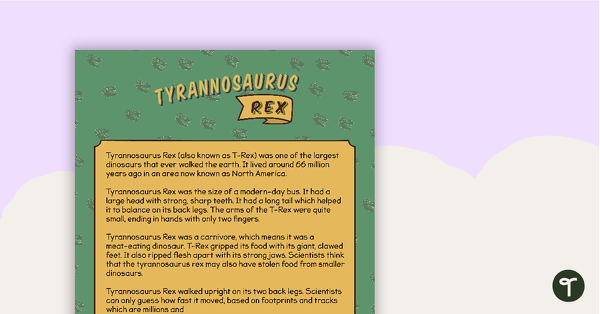
Sequencing Activity - Tyrannosaurus Rex (Informative Text)
A sequencing task using an informative text.
- Plus Plan
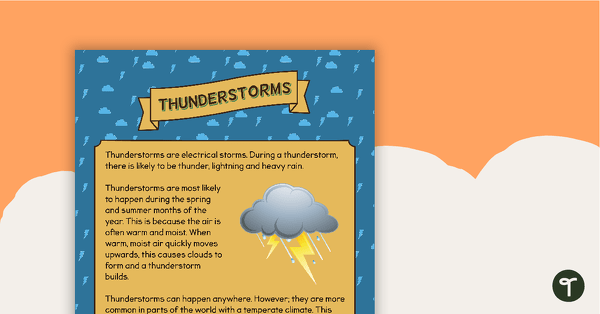
Sequencing Activity - Thunderstorms (Informative Text)
A sequencing task using an informative text.
- Plus Plan
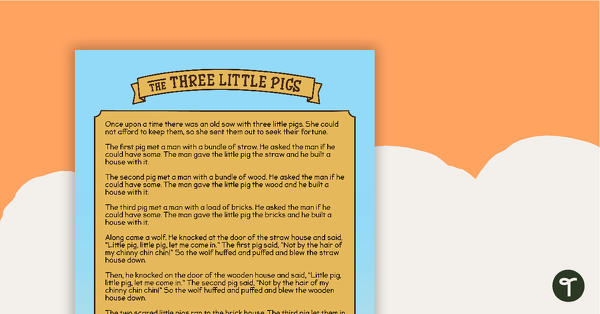
Sequencing Activity - Three Little Pigs (Imaginative Text)
A sequencing task using an imaginative text.
- Plus Plan
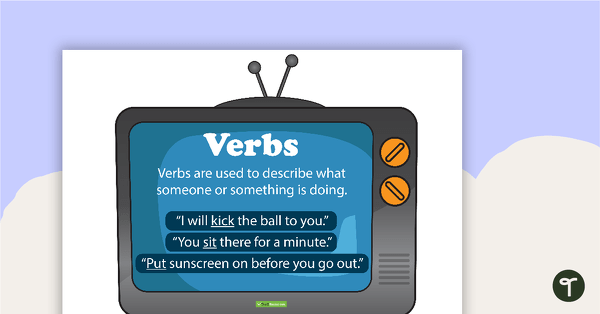
Grammar TVs
Grammar presented on TVs.
- Plus Plan
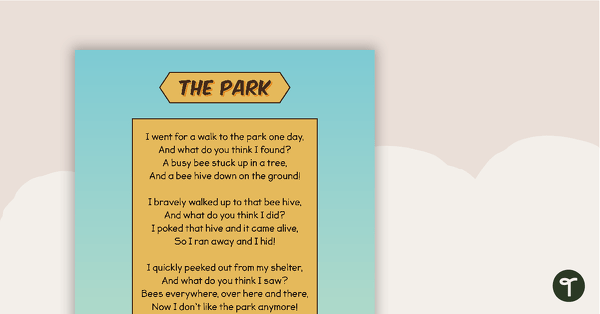
The Park (Poem) - Sequencing Activity
A sequencing activity using poetry.
- Plus Plan
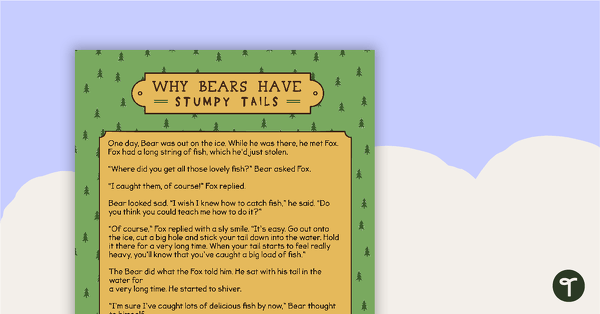
Sequencing Activity - Why Bears Have Stumpy Tails (Imaginative Text)
A sequencing task using an imaginative text.
- Plus Plan
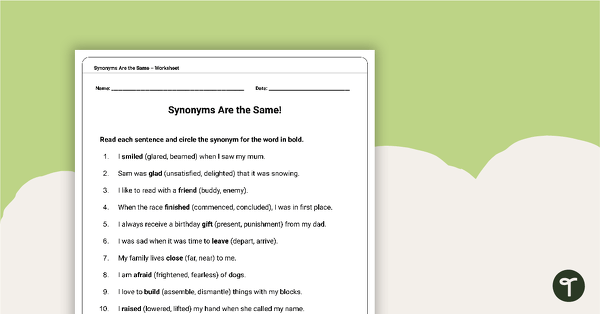
Synonyms Are the Same! – Worksheet
A worksheet to practise identifying synonyms.
- Plus Plan
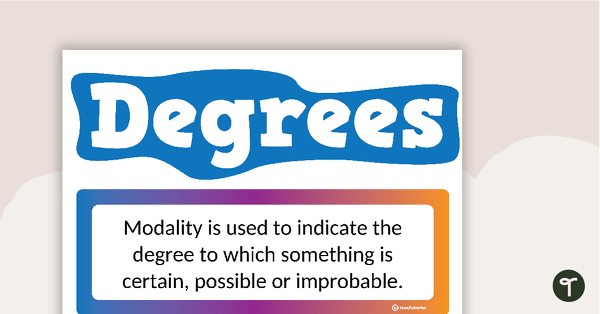
Modality Word Wall with Information
A set of 56 vocabulary words based on the degrees of modality in persuasive writing.
- Plus Plan
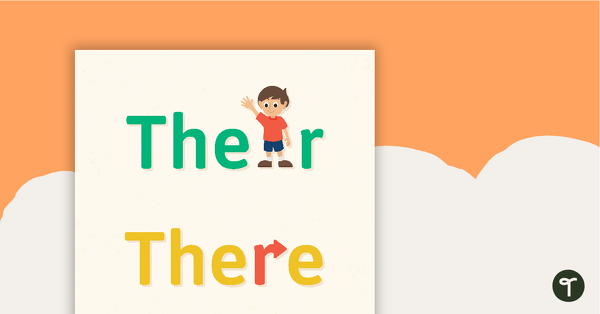
'Their, There, They're' Visual Learning Guide
A poster for visual learners to easily differentiate between the definitions of their, there and they're.
- Plus Plan
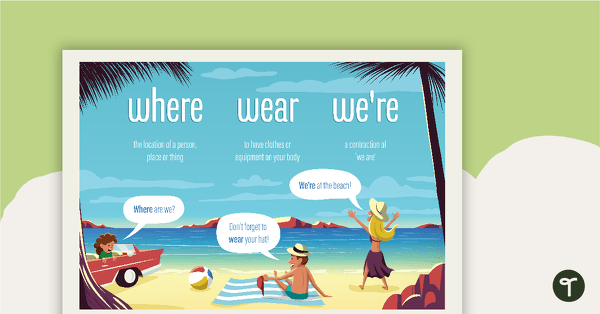
Where, Wear and We're Homophones Poster
An educational poster for the homophones where, wear and we're.
- Plus Plan
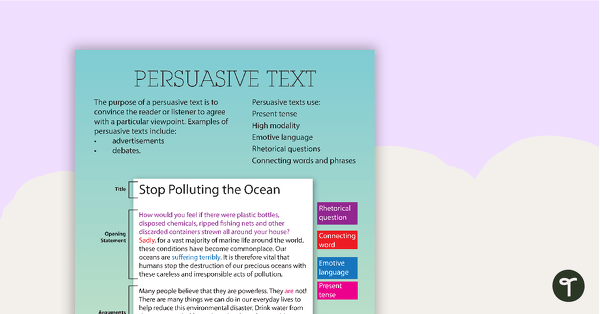
Persuasive Text Type Poster With Annotations
A poster about the persuasive text type, including an annotated example.
- Plus Plan
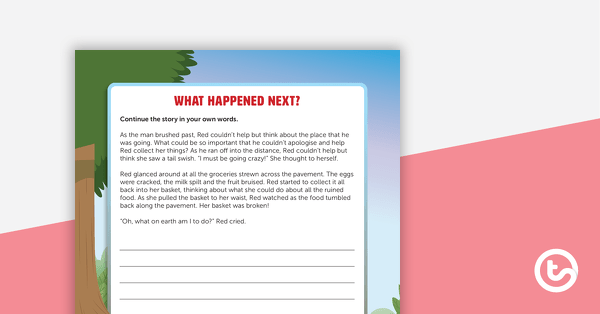
What Happened Next? Little Red Riding Hood Writing Template
Finish the Little Red Riding Hood story in your own words.
- Plus Plan
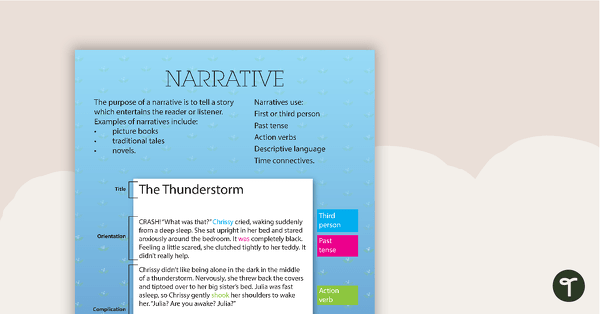
Narrative Text Type Poster With Annotations
A poster about the narrative text type, including an annotated example.
- Plus Plan
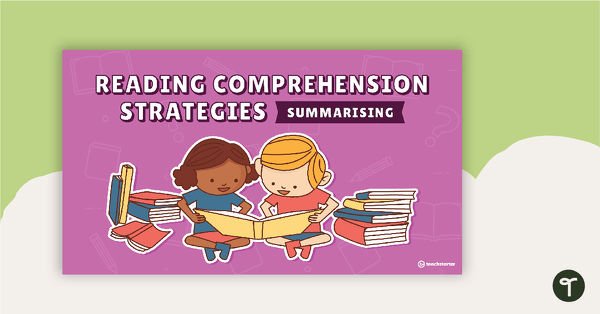
Reading Comprehension Strategies PowerPoint - Summarising
A 14 slide editable PowerPoint template explaining the reading comprehension strategy of summarising.
- Plus Plan
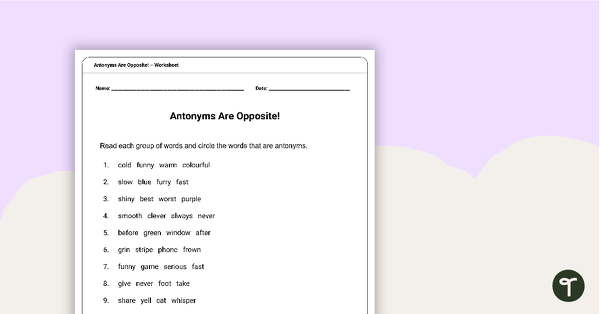
Antonyms Are Opposite! – Worksheet
A worksheet to practise identifying antonyms.
- Plus Plan
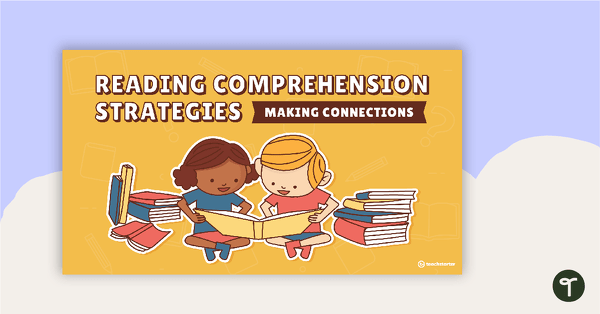
Reading Comprehension Strategies PowerPoint – Making Connections
A 14 slide editable PowerPoint template explaining the reading comprehension strategy of making connections.
- Plus Plan
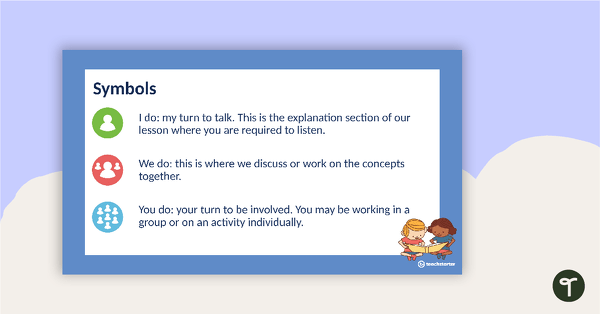
Reading Comprehension Strategies PowerPoint - Predicting
A 14 slide editable PowerPoint template explaining the reading comprehension strategy of predicting.
- Plus Plan
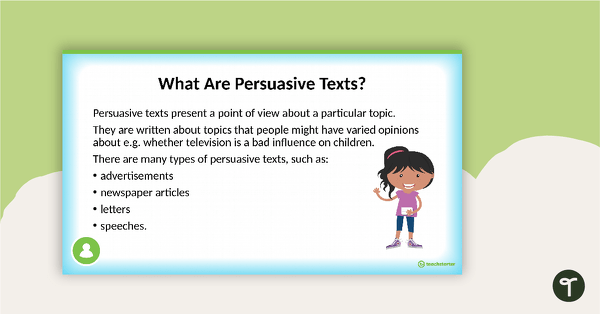
Developing Persuasive Writing Skills PowerPoint - Year 3 and Year 4
A 24 slide editable PowerPoint template to use when teaching your students about the structure and language features of persuasive texts.
- Plus Plan
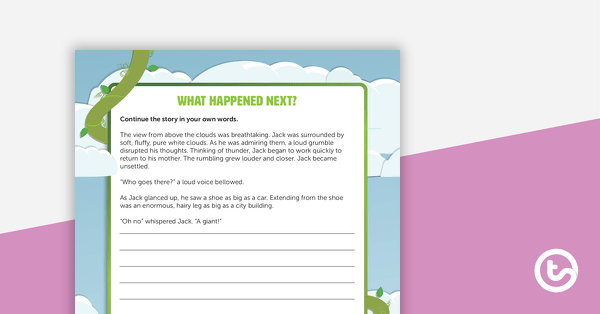
What Happened Next? Jack and the Beanstalk Writing Template
Finish the Jack and the Beanstalk story in your own words.
- Plus Plan
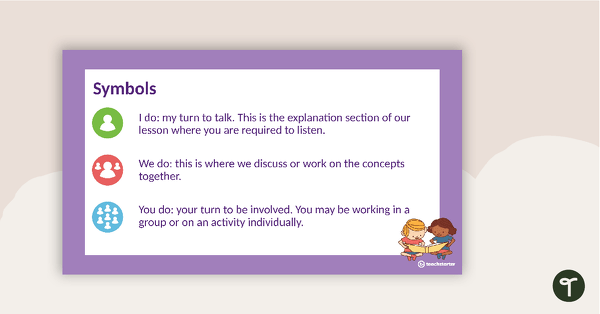
Reading Comprehension Strategies PowerPoint - Visualising
A 12 slide editable PowerPoint template explaining the reading comprehension strategy of visualising.
- Plus Plan
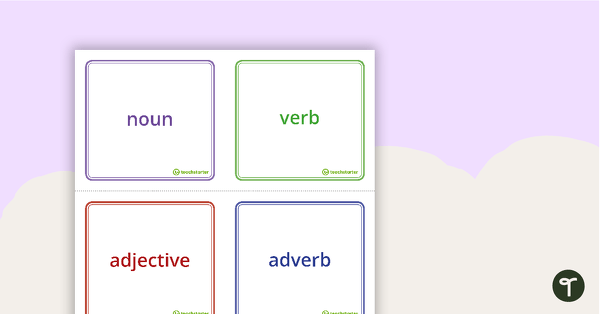
Parts of Speech Word Cards - Sorting Activity
A sorting activity to help students identify different parts of speech.
- Plus Plan

Introduction to Homophones PowerPoint
A 37 slide editable PowerPoint template to be used when teaching correct usage of homophones.
- Plus Plan
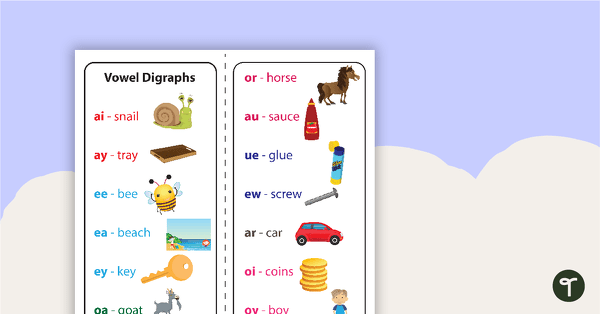
Vowel Digraphs Bookmarks
These bookmarks are designed to help students remember some of the most common vowel digraphs while reading.
- Plus Plan
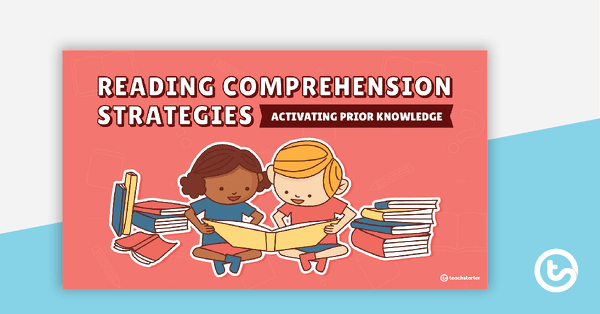
Reading Comprehension Strategies PowerPoint - Activating Prior Knowledge
A 13 slide editable PowerPoint template explaining the reading comprehension strategy of activating prior knowledge.
- Plus Plan
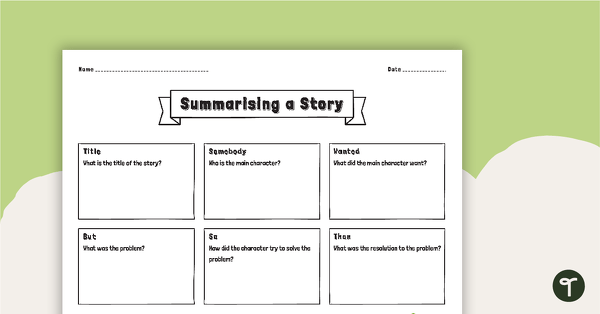
Summarising a Story Graphic Organiser (Alternate Version)
A teaching resource to help your students summarise a story.
- Plus Plan
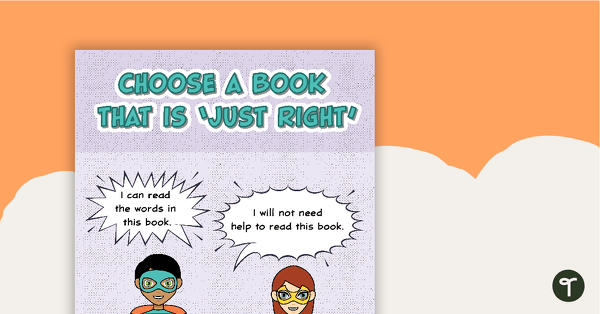
Super Stamina Reading Posters
A set of 6 reading stamina posters that highlight strategies students can use to read for longer periods of time.
- Plus Plan
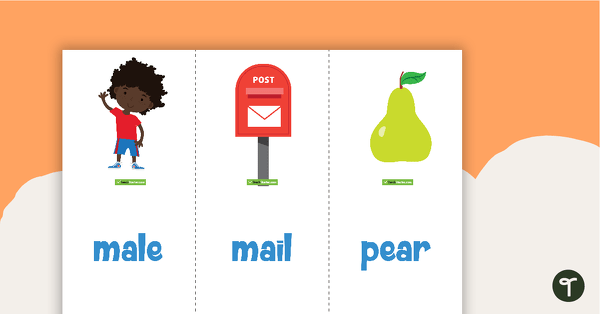
Homophones Match-Up Activity
A set of flashcards showing some common homophones in words and pictures.